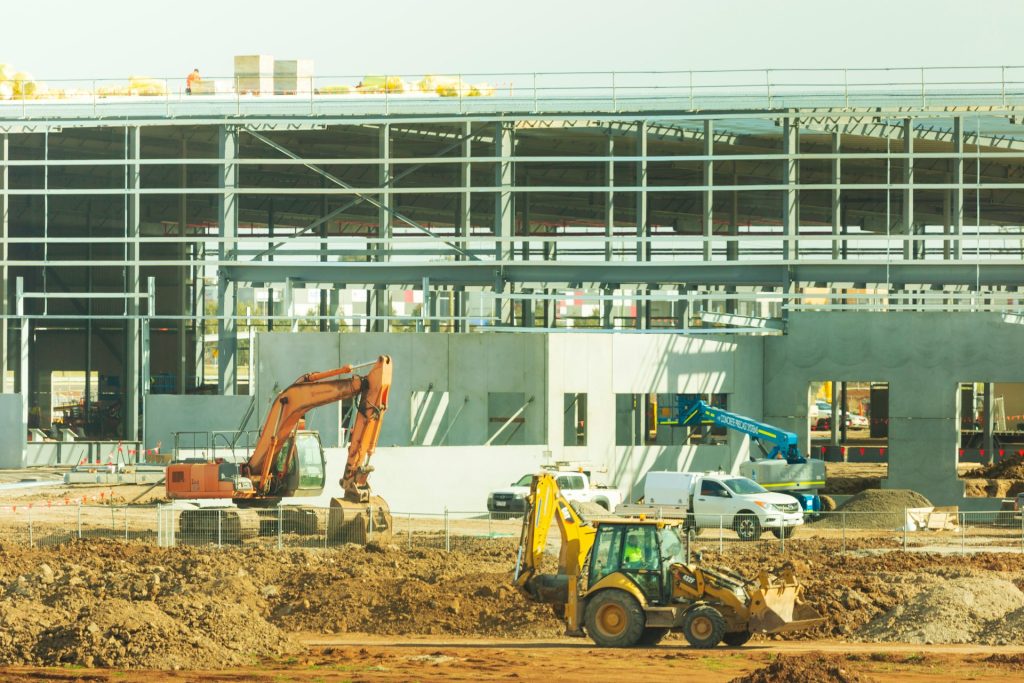Demystifying the Challenges of Green Construction in 2024
 By: Evelyn Long
By: Evelyn Long
There have been as many myths about green construction as there are ways to accelerate it. These misconceptions serve no useful purpose other than to detract from the concept’s critical role in promoting a more sustainable built environment. A reality check is long overdue.
Here are the five most common untruths about the challenges of green construction and why they’re increasingly irrelevant in 2024.
1. Green Buildings Are Expensive
While there is some veracity to the claim — sustainable constructions are around 2% more expensive than conventional structures — these costs become negligible over the building’s life span. From energy savings and waste management to increased rental rates, green buildings have 10%–17% lower operating costs and 9% higher asset values.
Sustainable construction expenses have also steadily declined over the years, thanks to technological advances. The emergence of innovative processes like 3D printing and prefabrication has reduced overall design and construction costs, making them a more viable option in 2024.
2. Green Constructions Sacrifice Comfort and Aesthetics
The idea that green buildings prioritize environmental protection above the occupants’ well-being is unfounded. Sustainable architecture actually focuses on creating healthier, more comfortable indoor environments. These structures have been designed to improve indoor air quality and provide better thermal comfort.
If you believe that sacrificing aesthetics is necessary, look at some stunning sustainable building designs worldwide. You will realize that this claim is untrue.
3. Green Construction Won’t Make Much of an Impact
If this were true, there would be no reason to construct sustainable infrastructure. Fortunately, recent statistics say otherwise.
The construction industry currently drives 50% of climate change through unbridled energy usage, landfill waste generation and water pollution. These factors impact environmental and healthy living and are compelling enough to warrant drastic change.
Green constructions emphasize sustainability at every workflow phase. For example, these buildings typically involve the use of newer green equipment that utilizes eco-friendly fuel mixes and has much lower carbon emissions. These projects also create more jobs to ensure efficient resource usage and waste minimization, especially in the recycling and reusing sector.
Upon completion, sustainable buildings can reduce energy consumption by 20%–30% and water usage by 30%–50% — if that’s not a huge impact, what is?
4. It’s a New Concept
This is perhaps the most laughable of the lot. For one, green constructions date back to the 1960s and have undergone dramatic evolutions in style and functionality. Modern technologies have made environmentally friendly materials more accessible and reliable than ever.
Plus, even if green buildings are a new concept, what does that have with their effectiveness in driving sustainable development? These systems introduce higher levels of resilience into the built environment by ensuring longer-lasting structures through efficient design and maintenance. This significantly reduces the need for new constructions and their associated impacts.
5. Green Infrastructure Will Drive Gentrification
Sustainable constructions may increase nearby property values, but they do not directly lead to gentrification. Several factors, including capital flows, development costs, and urban planning policies, are the main drivers of resident displacements.
Thinking critically, gentrification has occurred for several years in areas without a single green infrastructure, so the correlation is weak.
Know the Truth About Green Construction
Fact over fiction is the watchword for sustainable development in today’s construction sector. Now that these misconceptions have been clarified, it’s time to embrace the green revolution and support a legacy of ecoconsciousness in the built environment for humanity’s benefit.
_________________________________________
Author:
Evelyn Long is a writer and editor focused on construction and sustainability. Her work can be found on Renovated, a web resource for better building and design.



